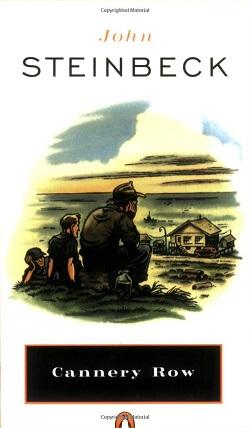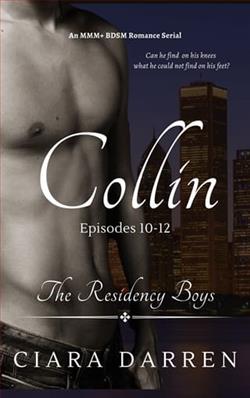John Steinbeck's Cannery Row is a masterful exploration of life in a specific locale, capturing the essence of a community that exists on the fringes of society. Set in the cannery district of Monterey, California, the novel is less about a traditional plot and more about the vivid tapestry of characters and their interconnected lives. Steinbeck's ability to evoke a sense of place is unparalleled, making the Row itself a character in its own right.
The narrative revolves around Mack and the boys, a group of unemployed men who embody the spirit of resilience and camaraderie. They live in a dilapidated fish-meal shack, a symbol of their marginal existence, yet they find joy and purpose in their simple lives. Steinbeck paints these characters with a brush that captures both their flaws and their redeeming qualities. Mack, the unofficial leader, is resourceful and optimistic, while his companions, each with their own quirks and backstories, contribute to the rich tapestry of life on Cannery Row.
One of the most striking aspects of Cannery Row is its structure. The narrative is interspersed with vignettes that introduce various denizens of the Row, each with their own stories of hardship, resilience, and sometimes, violence. These vignettes serve to deepen the reader's understanding of the community and its struggles. Steinbeck does not shy away from depicting the harsh realities of life, including references to suicides and the cruelty of nature, yet he does so with a sense of compassion and understanding. This duality—of beauty and brutality—runs throughout the novel, creating a poignant commentary on the human condition.
Thematically, Cannery Row delves into concepts of friendship, community, and the search for meaning in a world that often seems indifferent. The bonds formed among the characters are a testament to the strength of human connection, even in the face of adversity. Steinbeck illustrates how these relationships provide a sense of belonging and purpose, allowing the characters to navigate their struggles together. The Row becomes a sanctuary for those who have been cast aside by society, a place where they can find solace in one another.
Steinbeck's prose is lyrical and evocative, filled with rich descriptions that transport the reader to the bustling streets of Cannery Row. His use of language captures the sights, sounds, and smells of the area, immersing the reader in the environment. The dialogue is authentic and often humorous, reflecting the personalities of the characters and their unique perspectives on life. This attention to detail enhances the overall impact of the novel, making it a vivid and immersive reading experience.
Another significant theme in Cannery Row is the idea of survival. The characters are often faced with dire circumstances, yet they find ways to adapt and persevere. This resilience is embodied in the character of Doc, a marine biologist who serves as a bridge between the Row and the outside world. Doc's compassion and intellect provide a counterbalance to the more chaotic elements of the community, highlighting the importance of empathy and understanding in a world that can often feel harsh and unforgiving.
Steinbeck's portrayal of the natural world is also noteworthy. The beauty of the California coastline serves as a backdrop to the struggles of the characters, reminding readers of the larger forces at play in their lives. The ocean, with its ebb and flow, mirrors the ups and downs of the characters' experiences, reinforcing the idea that life is a series of cycles—of joy and sorrow, of connection and isolation.
In comparison to other works by Steinbeck, such as The Grapes of Wrath or Of Mice and Men, Cannery Row offers a more intimate and character-driven narrative. While those novels tackle broader social issues and the plight of the working class, Cannery Row focuses on the microcosm of a specific community. This shift in perspective allows for a deeper exploration of individual lives and relationships, making it a unique entry in Steinbeck's oeuvre.
Overall, Cannery Row is a poignant and beautifully crafted novel that captures the essence of a community and the complexities of human relationships. Steinbeck's ability to blend humor and tragedy, along with his rich character development, creates a narrative that resonates on multiple levels. The book invites readers to reflect on their own lives and the connections they forge with others, making it a timeless exploration of the human experience.
In conclusion, Cannery Row stands as a testament to Steinbeck's literary prowess and his deep understanding of the human spirit. It is a celebration of resilience, friendship, and the beauty found in the everyday struggles of life. For those seeking a novel that transcends traditional storytelling and delves into the heart of a community, Cannery Row is an essential read.
























Reviews 0
Post a Reviews: